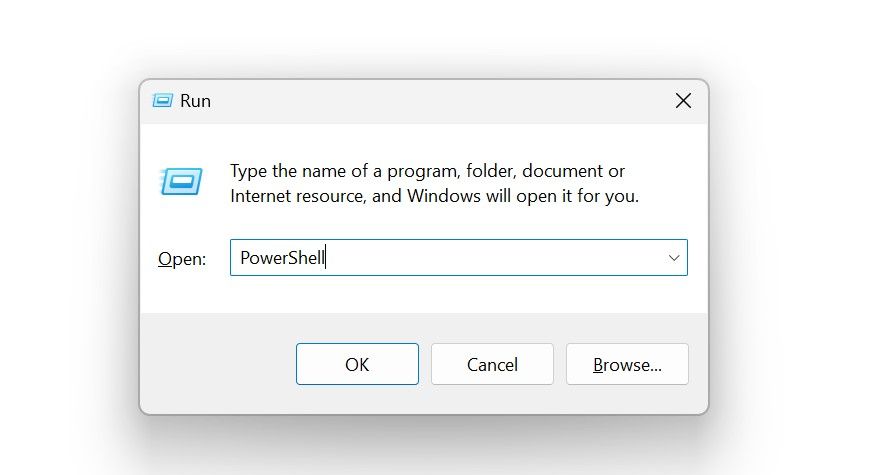
The ping command is commonly used to troubleshoot network problems and assess the health of a network connection. Learn how the ping command works, how to use it on Windows, and examples of a few scenarios you can use it for.
The ping command is a network utility tool used to test the availability of a host, usually a server or computer, locally or over the internet.
When you use the ping command, your device periodically sends packets of data (also known as echo request messages) to the specified IP address (or domain name) and waits for a response from the server each time. If your device receives a response back, the server is considered online. If the server fails to respond, the signal is considered lost, indicating a server problem.
Besides checking if a host is reachable, the command keeps track of the round-trip time. This is the time a message takes to go from a source computer to a destination server and then return to the source, along with a response from the destination server. This data can help you analyze how stable your connection to a server is.
The basic syntax of the ping command looks like this:
<code class="hljs xml">ping <targetname></code>
The
Besides this basic parameter required for the Ping test to execute correctly, you can also use other parameters listed on the Microsoft website to customize the test further.
To run the ping command on Windows, follow the steps below:


Alternatively, you can perform the test in Command Prompt. Simply press Win + R, type “cmd,” and click OK. Then, type the command and press Enter.

If you are an administrator of a locked corporate-owned PC, you might need to run PowerShell or Command Prompt with administrative privileges to run the ping test. To do so, type "Command Prompt" or "PowerShell" in Windows Search, right-click on the utility, and select "Run as administrator."

Then, click "Yes" in the UAC (User Account Control) window.
The Sent packets (with a default size of 32 bytes each) indicate how many messages were sent from the host device to the remote server. Received packets show the number of responses received from the server to the host device. Lost packets represent the number of signals sent from the host device that the destination server didn't respond to. Time refers to the round-trip time of each ping.

The TTL (Time to Live) value is the lifespan of the packet in the network, after which it's discarded after a certain number of hops through routers. The common benchmark is 64, but TTL can be higher if the data packet is sent through a complex network. But a drastically longer one deserves a closer look to ensure your network is functioning smoothly.
If the ping doesn't go through correctly in the test, and you see a "request timed out" error, it indicates an issue with your internet connection.
The ping command supports a "/t" parameter that specifies that it should continue sending echo requests to the destination server until interrupted. If you use this parameter when running the ping test, your device keeps pinging the specified server until you manually stop the test. To stop an ongoing ping test, you can press Ctrl + C or press Ctrl + Enter to stop and display the data.

Here are some common uses for the ping command:
Besides the ping command, you can also use other CMD commands to manage your wireless networks effectively.
The above is the detailed content of How (and When) to Use the Ping Command in Windows. For more information, please follow other related articles on the PHP Chinese website!




